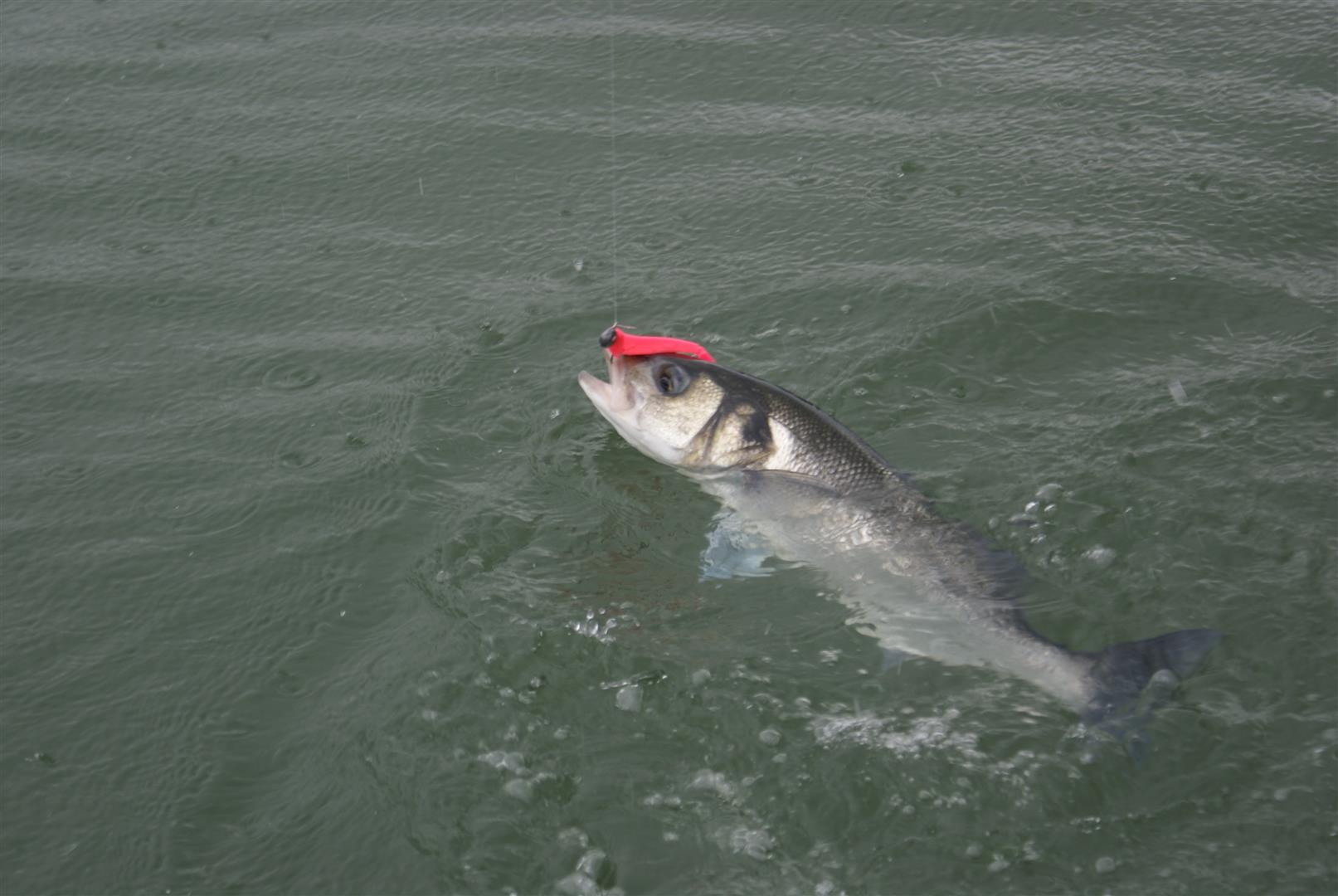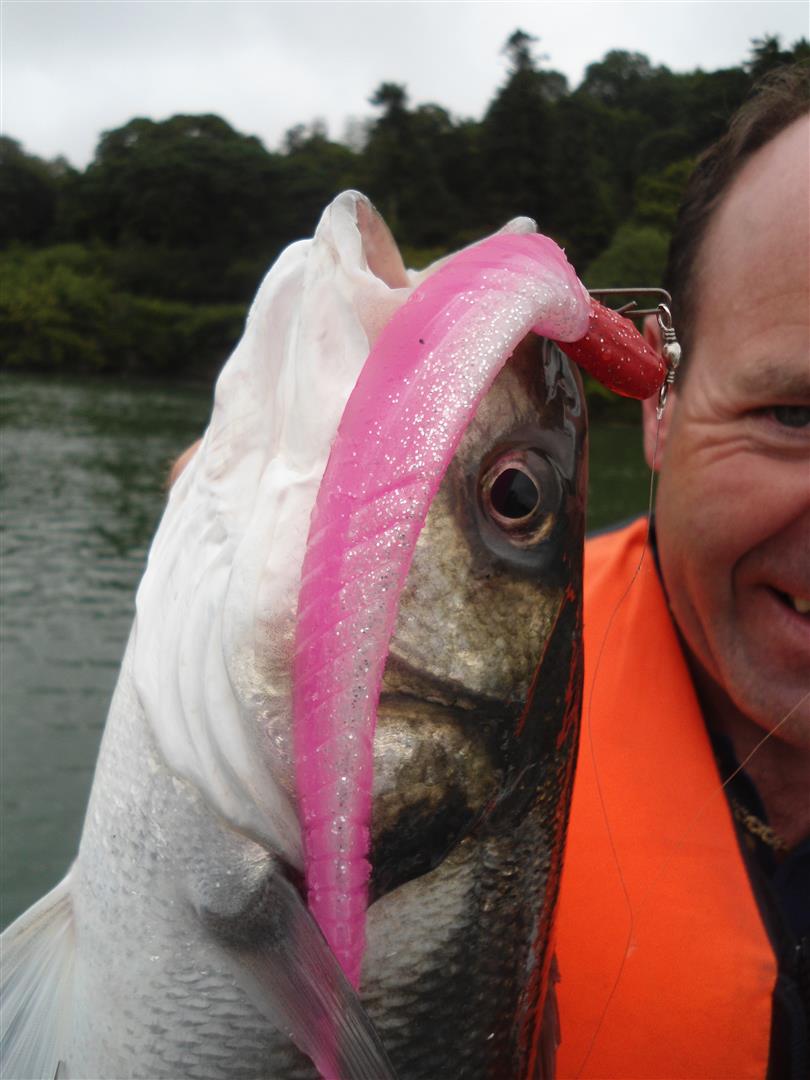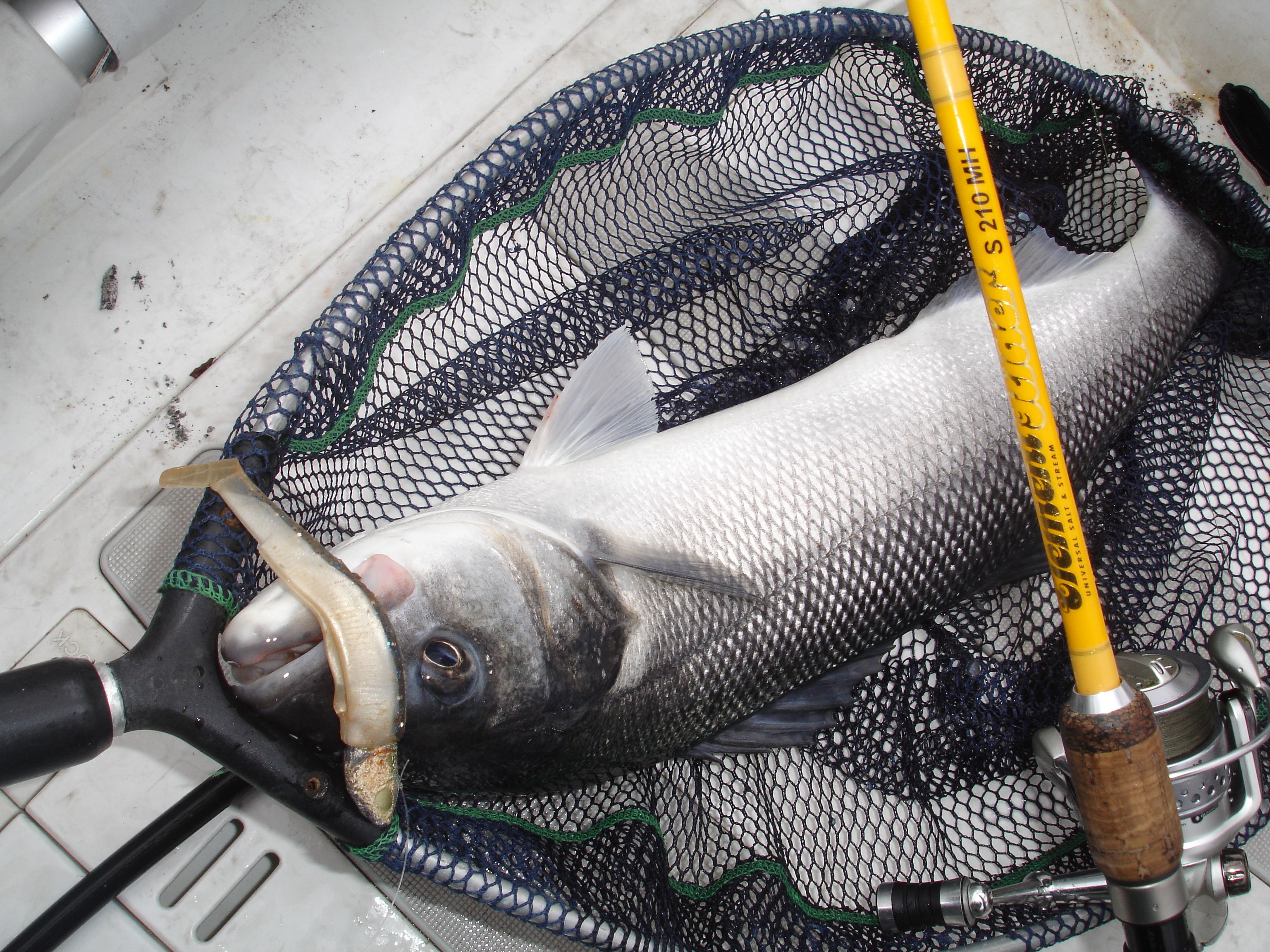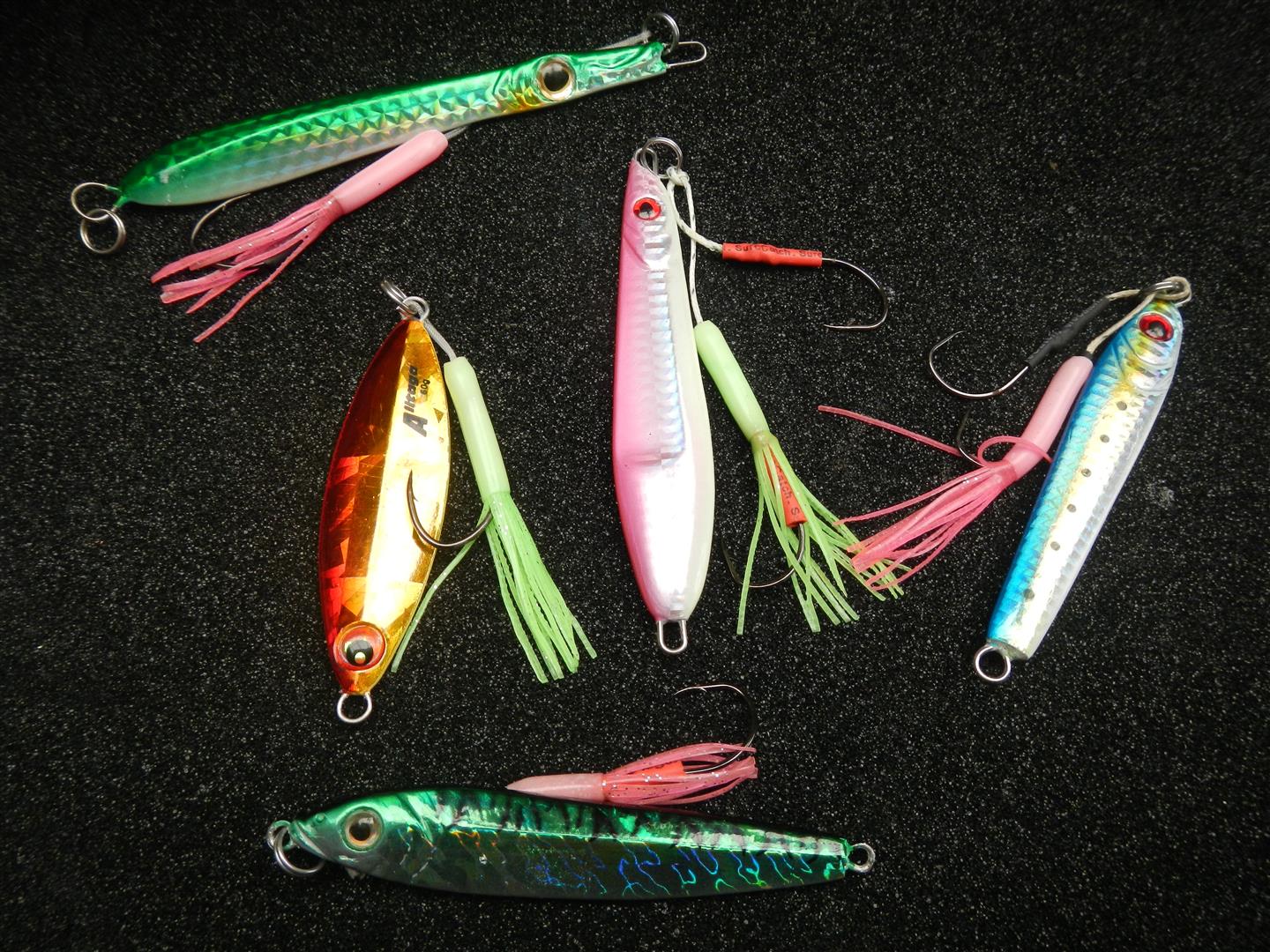Each year as the water temperature rises so does the pressure to catch a bass! In ireland a shore caught bass can be an easier target than one from the boat.


Whether you are a seasoned boat angler or a relative newbie there’s a good chance that you have thought about catching bass from your boat. Accomplished boat anglers can often struggle to catch a bass and often it is because they are more used to fishing in deeper water and with gear that would not be really suitable for bass catching. Most will catch their first boat bass using techniques that would be more common for shore anglers than boats anglers. That’s just bass!
Bass are somewhat an enigmatic fish. There is something about them that gets the juices flowing. They are slow growing. They are hugely powerful fish. The are a very dogged fighter. The best of bass are over 10lbs in weight. In peak season that will be a fish that will be at least 75cm an more than likely 78cm or bigger. Bass are not as common as they should be but there are pockets of fish about the place. Irish bass differ in their habits to their UK cousins in that most Irish bass are almost exclusively found within 200m of land; certainly this is the case in my patch! I once met a crew of French boat anglers; they were all excited when they saw the inshore wrecks off Cork Harbour – In Brittany those wrecks would be teeming with bass, not so in Ireland.

So you are accomplished shore lure angler and you get yourself afloat and wonder what will be different from your normal bass session. In areas of open shore there will only be one major difference… where you normally cast from the shore outwards, now you will be casting at the shoreline or parallel to the shoreline. Other than that it will be largely the same gear, same lures and same techniques. One thing for sure, you’ll cover more ground.
Open Shoreline Bass.
Boat anglers will use the same lures as they would use from the shore. Hard lures are popular. Feed Shallows and Nodes will fish as well as any; it’s down to your choice of deep to shallow divers. At times of the year in some locations surface lures will outfish every other hard lure. There is no doubt that there is a distinct move away from hard lures. Anglers are using soft lures more often. From the shore, weedless rigged soft lures are very popular. Apart from being very effective bass catchers these lures are also a very cost effective in contrast to a €25 hard lure! Anglers can now place lures into areas where they ordinarily would not take a chance. I would still like a few Feed Shallows in my box!
At one time soft lures were just that – soft. There are now some lures that have a decent reputation that are more like a soft-hard lure than a typical soft plastic. The Bass Treat from Pirate Lures or the similar Albie Snax are typical of this type of hybrid lure. They are not very soft but they are soft enough to be rigged with a choice of hooks and rigged weedless. Their sheer size gives them plenty weight for casting, over 20g in most instances, and their profile makes them a decent casting lure. Boat anglers will like them as much as shore anglers when fishing in rough ground areas. These lures can be fished as you would fish any Senko-style lure: rigged weedless cast our and retrieved with some twitches or even just cast out and keep in touch when fishing in the dark.

As the season progresses you will see more and more boat anglers searching out some action. Boat anglers are no different to shore anglers in that they suffer from the same problems – bass will be easy to catch if you can locate them and trigger them into to taking your lure – It’s just the nature of bass, they are a voracious predator.
Boating Differences
Bass from the boat begins to differ from the shore when we start to move into deeper water or we start to fish where there is a good run of tide. Where shore anglers would cast uptide and attempt to bounce a lure down the tide you will find the boat anglers drifting and fishing vertically under the boat. They too are bouncing a lure down the tide. Of course there are areas where it is preferable to anchor your boat and use the run of tide to animate your lure. You’ll find this worth a go where water is shallow and vertical fishing would not work well. Think of clear shallow water where you can see the bottom. I have never managed to get a vertical strike in these conditions.
So how do we go about fishing vertical? Well, the first thing is we need to think about our quarry and the feeding habits of bass. You will find that bass spend more time chasing crabs and small fish like blennies than they do chasing shoals of sprat. Of course bass will have a go off anything that they can eat and will find a struggling fish irresistible but most of their time is spent nailed to the bottom hunting their “normal” food.

Mother Worms – Very popular for a long time!
In terms of vertical fishing more success comes from keeping your lure in the feeding zone close to or on the bottom. To this end the choice of rig becomes critical. Bass are not fussy, If there are more than a couple of bass around then they will compete for grub and will fight over your lure if it is put in the feeding zone. Techniques like “drop shot” will work well and will allow you fish in areas where the ground is foul. I have tried and experimented with different rigs and by far and away the most successful for me has been mounting my lure on a jig head. I have experimented with various types of head and I am happy to use the superb Bricoleurre V2 jig head. I bought a full set of moulds for these heads and have them from 10g right up to 150g.
Of course you do not have to make your own jig heads. You can purchase heads off the shelf but you will need a few different weights to cover the bases adequately. I like the shape of the V2 head. I started to make heads when I couldn’t get any decent heads locally and have continued ever since. The store bought heads from the big tackle companies can cost an arm and a leg! We have other articles about jig head manufacture so you can have a look there for more information.
When I meet up with anglers and the plan is vertical fishing I always have the same pep talk. First we speak about the “action area” to catch a bass you need you lure to be in the action area. That area is at most 12 inches from the bottom. If your lure is not in this area then you will diminish your chances of catching bass. The only problem of course is the fact that if your lure is hugging the bottom in an area that is foul and horribly snaggy then there is a chance you will lose your lure. So with a deft flick of the wrist you need to flick that lure upward. This flick will achieve a number of things. One, it will keep your lure away from snags. Two, a flick will impart some animation into your lure. It is this animation that will encourage a bass to strike.

I love vertical bass fishing for the bites. There is generally no messing about, the bass hits the lure like an express train. It is a hit that is different from any other fish. There is no need to think about striking, there generally is no need as the bass hits the lure and takes off like a mad thing. Where a cod tends to be dogged a bass tends to be explosive. Bass can and will run away and around the boat it can be a nightmare if you are anchored. I often read of bass anglers loosing hooked fish – “broke me off”, “slipped the hook”, “carried me into the rocks”- I would wager that much of this carry on is either poor angling or a figment of the imagination. Yes you will occasionally lose a bass; but it is a rare occurrence if you are using the correct gear. No, a bass will usually hit so hard as to hook itself well. It is important to have your drag set well. Not too loose as to allow the fish run away without a fight, not too tight as to allow the fish to break off or to pull the hook out. There’s a fine line between the right or the wrong things to do. It’s what makes bass angling so special.
So what type lures work best vertical? Really, any lure will work if there are hungry bass on the feed. If there are less fish about then the fish will be more discerning and you may have to work through a few different types of lures and colours to get the one that will do the damage on the day.
The best vertical lures tend to be soft and have a nice action. Nice action to me tends to be a nice action to a paddletail lure or a nice wiggle of a pin tail lure. I tend to like smaller paddles rather than bigger paddles. There is no doubt but the action of the Black Minnow is a very enticing action and there is no doubt that bass like what they see. With the Black Minnow it is not all about the tail, there is a lovely rolling motion to a working Minnow that, combined with the tail, seems to trigger bites in bass. I have used Black Minnow bodies on my favourite Bricoleurre jig Heads and they work as well as the originals. The Crazy Sandeel is alo a good catcher and this has been complimented by the Crazy Paddletail, a superb lure. Any of the popular pin tail lures will do well for bass. I tend to like lures that have a decent length and are not too thin. In this mode the Strikepro Shiver is a superb bass catcher. The Illex Nitro Jerk is a superb lure mated to a 25 or 30g jig head. When you drop one over the side and give it a deft little flick you’ll see what I mean…. A pure bass tease. Overtime anglers will make up their minds and will settle on favourite lures. I happen to like Fiiish due to using their lures for many years. When the chips are down and it’s tough to get a bite I think the Black Minnow will eke out a fish. I haven’t really put too much effort fishing metals vertically. I’ve no doubt that they will work. It’s just I like using my soft lures and have not felt the need to experiment…yet!

Where to find them?
Find bass on the open shore is the same prospect from the boat as the shore. It is a matter of trial and error searching out features that may hold bass. When in deeper water it is a similar situation. You will normally find bass close to structure where they can ambush or there is plenty of ground in the area for foraging in. Bass will spend more time rooting around for crabs and small fish than chasing sprat or sandeel. Once you find that bass holding area it is a matter of judging your drift and getting your lure consistently into the holding area. You will usually find that there are consistent fish-holding features in an area. This is where the action will be best. Sometimes though you may have to range around and area in order to find the fish, such can be that case with big open bays. It is important to only use enough weight to be able to stay in contact with the bottom. Change weight heads as the tide builds and drops off.
Sand banks are good. Rocky reefs where the tide runs over are better. Speed of drift can be an issue. Once you hit close to three knots of drift it can get difficult to keep you lure in the action area. I find in many places upping jig head weight will help for a time but often the bass tend to go off on the strongest part of the tide. I think they do not like to expand too much energy fighting the tide but of course your experience will dictate what conditions are best on your local marks.
We mention accurate drifting. To achieve consistent drifts the use of a sounder/fish finder and GPS plotter is advisable. By watching your fish finder you can see the nature of the ground and by using your plotter you can consistently start your drift in the location that will send your drift over you most favourite action area. Of course you do not have to use electronics, many people fishing from small SIBs and RIBs don’t use electronics. Be prepared to lose more gear when you don’t know what’s coming up along the bottom.
Relief Shading on your plotter will help you in some areas but RS doesn’t tend to get right into the shore so it may not always be a help. In the more open sea areas it is a great tool for accurate drifting.

Black Minnow!
What gear?
You can use whatever gear you are happiest using! The rod you use from the shore can usually be used from the boat to good effect. When keeping in touch with the lure is important, I like a shorter rod. I use short rods for my shore fishing as well and can out cast fellows with longer rods. 2.1 metre or 7 feet odd is my ideal length for a bass rod. I vary the rating depending on the fishing I am doing. I am trying to fish as light as I can in any given situation of area, speed of drift. I certainly don’t feel the need to vary my rod whether fishing hard or soft lures. There is a lot of hype attached to lure rods, much of it is down to the marketing department! I fish with rods costing €60 and I fish with rods that cost €550. To be fair the expensive Illex rods are a joy to use but are they worth the extra money over a Suecatch Salty Spin or a Rovex Lurepro? I’m not always too sure! One thing you will find is that the fixtures on an expensive rod will tend to be of a higher quality than the less expensive rods. If this style of lure fishing attracts you, you will find yourself spending a few bob on at least one nice rod. Whatever the price, nice rods are nice to fish with.
With reels I would say similar. Fish with what you are happy fishing with. Again, try strike a balance with the size and weight of the reel to suit your fishing. I like 2500 – 3500 series reels for my bass fishing. They hold enough braid and they are light enough to be fished with all day. Of course if you plan to get into deeper water and fish lures for other species you might want a bigger reel with a higher line capacity and heavier drag. I have tended towards cheaper reels in the past as I was finding my way but lately I have invested in a few more expensive reels from the Penn range and will see how they put up with my usual abuse.
Braid….
Whatever your rod and reel selection I would suggest that you spend as much as you can afford on your braid. Certainly buy quality braid. Eight strand is really where it’s at. You are looking for the thinnest braid you can get but you will need the ability to pull through snags, and by God you’ll have to pull through snags, I have settled for 20lb braid for all my lure fishing. With the usual being about 0.13mm for 20lb braking strain you will be able to use the minimum of weight to keep you hugging the bottom. Again people have their favourites. I like and have used, Maxima, Suffix, Berkley, Strike Pro and my current favourite is Owner Kizuna.
When it comes to connecting your lure a rubbing leader or tippet is advisable. Strangely you’ll get away without when fishing for bass, they don’t have teeth; but fishing for pollack, cod, ling or the other toothy critters that like a lure, you’ll need that tippet. Connecting my lure to the business end sometimes I tie to the lure and sometimes I use a lure clip. Again, it is a matter of what you are comfortable with. If the fishing is slow I’ll be changing lures regularly and therefore will use a clip. If the bite is on I’ll tie on a Black Minnow and hold on tight!

Boat Bass
Lure fishing for bass from a boat can be a frustrating endeavour. Cracking the bass code can be time consuming. You may have to put up with many blanks before you manage to consistently catch. I would consider it to be a two pronged effort. You probably can master the open shore bass fishing more easily than the vertical stuff. The open shore fishing is really just shore angling from the boat. The vertical stuff is very rewarding when you crack the code. Once you catch a few fish vertically you can then concentrate on refining your tackle and increasing your catches on the drift. If you are struggling to locate fish do not forget the tactic of using bait to suss out where the fish are hiding. Most of all, enjoy the challenge!



